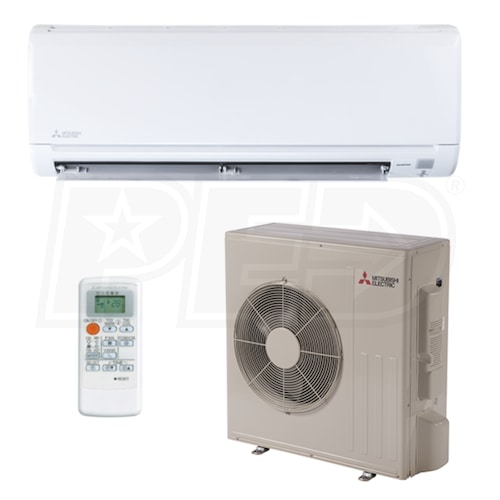peakbagger
Minister of Fire
Be very careful on where you locate the outdoor unit, its a big cause of failures in snow zones. Yes some units have electric pan heaters but its no substitute for location. Ideally put it well up off the ground in any area not subject to drifting and ideally out of the prevailing wind. Ideally you want it in place where the wind scours the snow, usually on the downwind side of the building. There are shutters that can be installed to make a big location a bit better but its far better to do it right. No matter what consider what its going to look like with slanted roof over it as in many cases one is going to be needed. I have seen them installed directly under drainage points from the roof so when it rains they are constantly under steady stream of water. The other thing is the keep in mind wintertime snow banks. My install is near a driveway and I was always careful to do post plowing clean up so that the plow guy did not inadvertently push the banks back and wreck the unit.Thanks for the detailed write up coaly. I either have or can borrow the tools I need. I’ll need to get some of the thread sealant.
I haven’t decided (my wife hasn’t told me. Lol) where the mini split is going. It would be nice to keep the run from inside to outside at 25’ or under. I imagine she would want the outside unit on the back of the house. But maybe it could go on the side by the electric panel. That would be easy since my outside panel has spaces for breakers as well.
I know I have some 30 amp 220 breakers left. Maybe I have a 20 amp as well. I know when I was wiring the house I had issues finding some breaker sizes. Seems the Eaton BR series are hard to find because of the covid shortages.
BTW the pan heaters are usually in the 40 watts range, they take a long time to melt out a unit full of snow.



